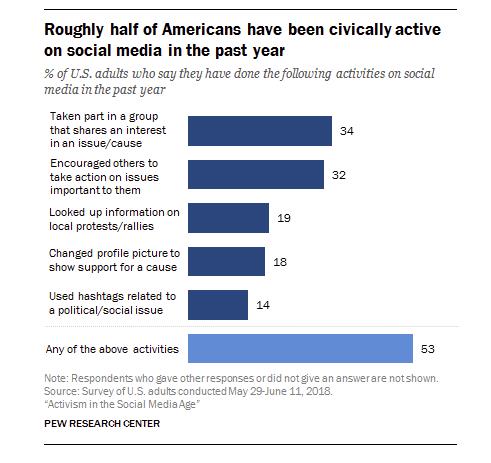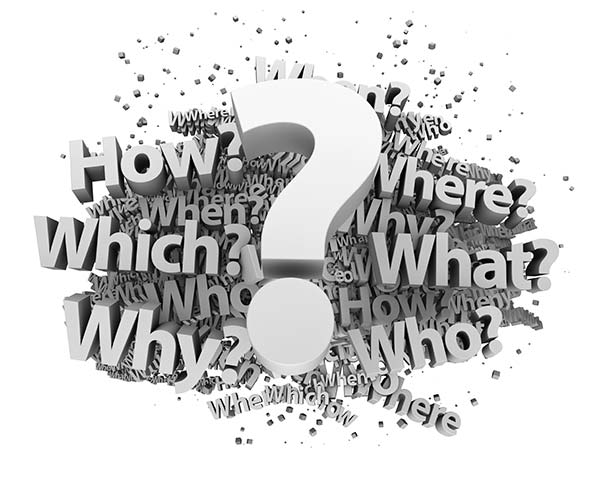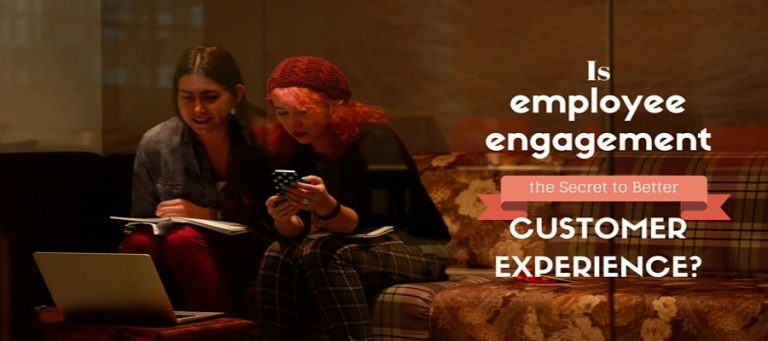Digital Advertising: The Impact on Political Campaigns
Rallies, debates, fundraisers, going door-to-door, shaking hands, and kissing babies. These have all been long-standing elements of political campaigns since William McKinley’s 1896 presidential campaign created a methodical and organized bid for the White House and what is labeled the first “modern” campaign in history.
Although the ability to connect and engage with voters is still a common thread in a politician’s efforts, the use of digital advertising and specifically, social media, has drastically changed the way campaigns are run, thus creating a new and modern normal.
Prepare for Impact!
In a time where political campaigns are increasingly contentious and expensive, candidates focused on reaching the right voters at the right time, campaign teams are relying heavily on digital advertising, and more specifically social media.
In his 2000 presidential bid, Senator John McCain used the internet as a platform for fundraising generating $2.2 million in online donations for his campaign. In 2008, Senator Barack Obama took that a few steps further and generated $55 million in donations strictly through social media fundraising and without in-person events. But in the 2016 presidential election, social media was more than a fundraiser. Both Hillary Clinton and Donald Trump made social media a priority to expand their reach and engage a targeted audience regardless of where they were on the campaign trail, making them more accessible and accountable for voters and online influencers than in years past.
Political Power
Political campaigns are about strategy and reaching the right voter with the right message. With any form of advertising, targeting is consistently part of strategy creation. But in today’s digital world, politicians and their campaigns can obtain and analyze engagement data to ensure the right campaign message is being tailored and delivered to the right demographic. This can also be done at relatively little to no cost to the campaign. Also, politicians are able to see and hear voters’ reactions and opinions about policy ideas and visions. This is extremely useful to improve positioning messages.
Social networking sites have also emerged as a critical place to have political debates and discussions as well as more civic-minded events locally and around the U.S. In a recent Pew Research survey, over half of Americans have taken part in some form of political or social-minded activity on social media in the past year. 
With Americans being more civic-minded, political campaigns now know more about their voters than ever before.
What Does the Future Hold?
Although digital advertising has changed the face of political campaigning, most strategies will not depend solely on online media alone. Traditional forms of advertising and communication will continue to be mainstays. However, what kind of advancements could we see on the horizon? More virtual rallies and town hall meetings? More advanced online polling? Could we see the day that we vote online? Time will only tell, but it will certainly be interesting to see where we go from the original “modern” day election.






